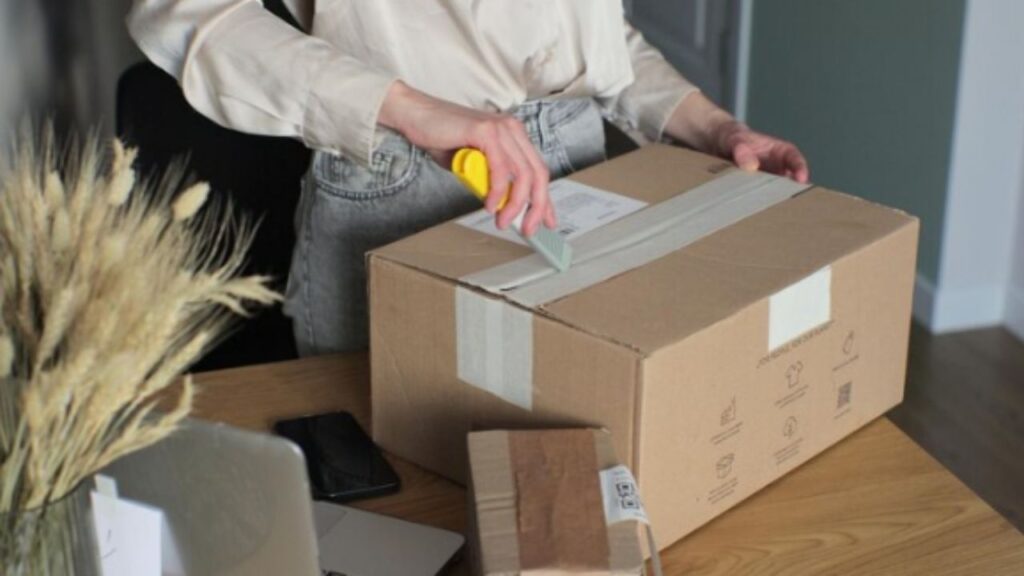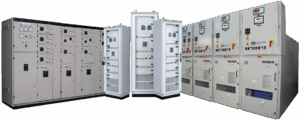
Moving to a new home can be a daunting task, often filled with chaos and stress. One critical step to ease this process is the proper labelling of boxes. Labelling boxes efficiently is not merely about knowing where things are; it’s about creating an organised, streamlined approach to unpacking and settling in. Without clear labels, the simple task of finding essential items becomes a time-consuming ordeal. Proper labelling saves time, reduces stress, and ensures your belongings are handled with care.
Additionally, it helps movers and packers in Singapore know how to treat each box, especially those with fragile or heavy items. Thus, understanding the importance of labelling boxes can transform your moving experience, making it smoother and more manageable. This article delves into why labelling is crucial and provides practical tips for effective labelling, ensuring a stress-free move.
Why Labelling Boxes Matters
First and foremost, labelling boxes matters because it brings organisation to the moving process. Without labels, you may find yourself rummaging through numerous boxes to locate a single item. This lack of organisation can lead to frustration and wasted time. On the other hand, properly labelled boxes can significantly reduce the stress associated with moving.In addition to reducing stress, labelling boxes also saves time. Moving is already a time-consuming process, and searching for items in unlabeled boxes can make it even longer. By labelling each box, you can quickly identify its contents and know exactly where it belongs in your new home. This way, you can unpack efficiently and settle into your new space sooner.
Benefits of Proper Labelling
Proper labelling offers several benefits, making the moving process more manageable and efficient. Here are some key advantages:
Easy Unpacking
- Simplified Process: Properly labelled boxes make unpacking simpler. You can easily identify which box goes to which room, eliminating the guesswork.
- Efficient Setup: Knowing the contents of each box helps you prioritise unpacking. You can quickly set up essential items, such as kitchen supplies and bedding, ensuring a comfortable first night in your new home.
Quick Access
- Immediate Needs: Labelling boxes allows you to quickly find essential items. You won’t have to dig through multiple boxes to locate your toothbrush or phone charger.
- Organised Storage: Boxes labelled with specific items, such as “winter clothes” or “books,” help you store them efficiently in your new home. You can place these boxes directly in their designated storage areas.
Damage Prevention
- Fragile Items: Labelling boxes with fragile items ensures they are handled with care. Movers and packers in Singapore can easily identify these boxes and take extra precautions to prevent breakage.
- Heavy Items: Boxes marked as heavy alert movers to use proper lifting techniques. This prevents injuries and ensures the contents are safely transported.
How to Label Boxes Effectively
Labelling boxes effectively is essential for a smooth moving process. Here are some practical tips to help you label your boxes properly:
Use Clear Labels
- Legibility: Always use clear and legible labels. Write in large, bold letters so that anyone can read the label at a glance.
- Permanent Markers: Use permanent markers to ensure the labels do not smudge or fade. Avoid using pens or pencils, as their marks can easily get erased during the move.
Categorise Items
- Room-Based Labels: Categorise items by room. For instance, label boxes with “Kitchen,” “Bedroom,” or “Living Room” to indicate where they belong.
- Type-Based Labels: Additionally, categorise items by type. For example, label boxes with “Books,” “Clothes,” or “Toys” to specify their contents.
Include Special Instructions
- Fragile Items: Mark boxes containing fragile items with “Fragile.” This ensures these boxes are handled with extra care.
- Heavy Items: Label heavy boxes with “Heavy” to alert movers. This prevents injuries and ensures the contents are handled correctly.
- Priority Items: Indicate boxes with essential items as “Priority.” This helps you locate and unpack these boxes first.
Label Each Side
- Visibility: Label each side of the box. Thus, this ensures that the label is visible regardless of how the box is stacked or placed.
- Consistency: Be consistent with your labelling. Therefore, use the same format and style for all boxes to avoid confusion.
Create an Inventory List
- Detailed List: Create an inventory list of all labelled boxes. Number each box and list its contents. This helps you keep track of your belongings.
- Cross-Reference: Cross-reference the inventory list with the labelled boxes. This makes it easy to locate specific items when needed.
Tools and Materials Needed
Proper labelling requires the right tools and materials. Therefore, here are some essentials:
Labels and Markers
- Sticky Labels: Use sticky labels that adhere well to boxes. Thus, these labels should be durable and resistant to tearing.
- Permanent Markers: Choose high-quality permanent markers. Moreover, they should provide bold, clear marks that do not fade or smudge.
Labelling Apps
- Modern Solutions: For tech-savvy movers, consider using labelling apps. Moreover, these apps help you create and print labels directly from your phone or computer.
- Efficiency: Labelling apps streamline the labelling process. In addition, they offer templates and customisation options for better organisation.
Colour Coding
- Colour-Coded Labels: Use colour-coded labels for different rooms or categories. For instance, use blue for kitchen items, red for bedroom items, and green for living room items.
- Easy Identification: Colour coding makes it easy to identify boxes at a glance. So, it adds an extra layer of organisation to the moving process.
Common Mistakes to Avoid
Avoiding common labelling mistakes can make your move much smoother. Therefore, here are some pitfalls to steer clear of:
Vague Labels
- Clarity: Avoid using vague or unclear labels. Be specific about the contents of each box to prevent confusion.
- Details: Include as many details as possible. For instance, instead of labelling a box “Miscellaneous,” label it “Office Supplies.”
Overloading Boxes
- Weight Limit: Do not overload boxes. Moreover, keep them manageable by not exceeding their weight limit.
- Balanced Load: Distribute weight evenly. So, this prevents boxes from becoming too heavy and reduces the risk of damage.
Ignoring Special Items
- Special Care: Label items that need special care. Thus, this includes fragile items, valuable items, and items with sentimental value.
- Visibility: Ensure these labels are highly visible. Additionally, use bright colours or special tags to highlight these boxes.
Bottom Line
Overall, labelling boxes is not just a helpful step; it’s essential for a successful move. Proper labelling ensures that unpacking is straightforward, saves valuable time, and protects your cherished belongings. By using clear and legible labels, categorising items effectively, and including specific instructions for fragile or heavy items, you streamline the entire moving process. However, you can hire professional moving services in Singapore to get a peace of mind solution.
Furthermore, investing in the right tools and avoiding common mistakes like vague labelling or overloading boxes will make your move smoother. Proper labelling transforms a potentially chaotic experience into an organised and manageable one. Take the time to label your boxes correctly, and you’ll thank yourself when you’re comfortably settled in your new home. So, embrace these labelling strategies for a stress-free and efficient move. Moreover, a little effort in labelling goes a long way in making your transition seamless and enjoyable.





